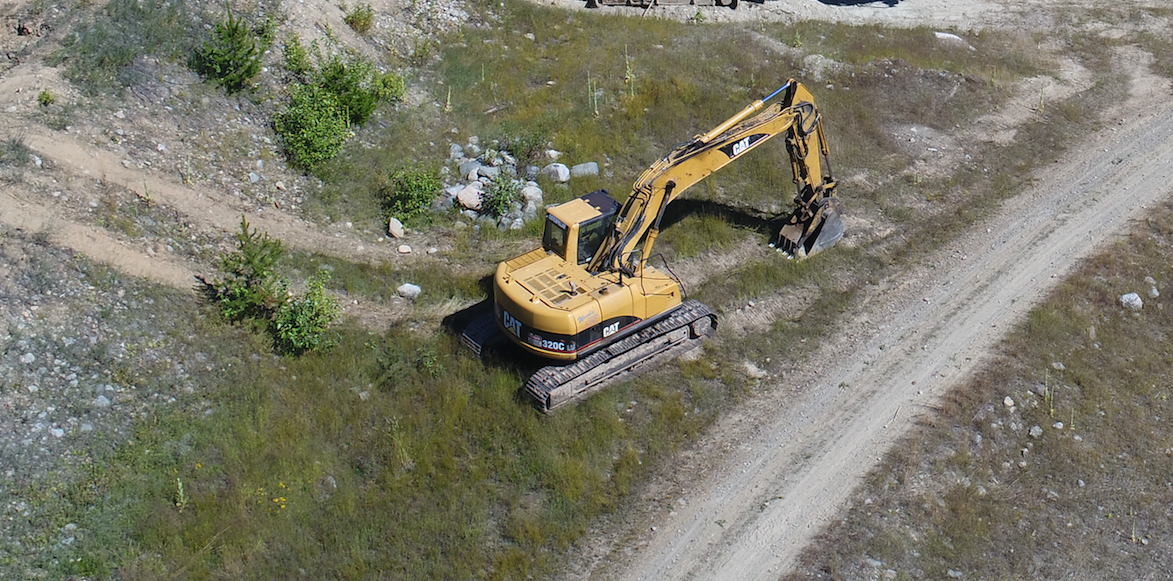
Earthworks refers to the process of shaping and moving the earth for various construction and engineering purposes. The use of earthmoving machinery has become an integral part of construction, mining, and agricultural projects. It involves using heavy machinery such as bulldozers, excavators, and other equipment to move, shape, and remove soil and other materials from the earth’s surface.
Earthmovers work on a wide range of projects, including road construction, building foundations, and land development. They may also work on projects such as mine development, land reclamation, and environmental remediation. Earthmoving projects can range from small residential construction sites to large-scale commercial and industrial projects. Our purposes with them is usually regenerative earth surgery.
The success or failure of earthmoving projects is often determined by the skill of the operator and the condition of the equipment. It requires an understanding of the soil type, environmental factors, and the intended use of the site. Poor soil conditions or inadequate drainage can lead to soil erosion, which can cause environmental problems such as water pollution and land degradation. Poor quality earthmoving that fails is a horrible thing.
Bulldozers and excavators are two of the most common pieces of equipment used in earthmoving projects. Bulldozers are used to push and move large quantities of soil, rock, or other materials from one location to another. They can also be used to grade and level the ground for construction projects. Excavators, on the other hand, are used for digging and excavating soil or rock. They are often used for digging foundations, trenches, and holes. There are many types of these machines with variations on design.
The use of heavy machinery for earthmoving projects can have a significant impact on the soil. The compaction caused by the weight of the machinery can lead to soil compaction, which can negatively affect the growth of plants and vegetation. However, careful planning and execution of earthmoving projects can minimize these negative effects.
To become proficient at operating heavy machinery, it takes a significant amount of training and practice. Many operators attend technical schools or undergo on-the-job training to learn the necessary skills. It is important to operate the equipment safely and with proper technique to prevent accidents and damage to the equipment or the environment.
Maintaining heavy machinery is critical to ensure its longevity and safe operation. Maintenance includes regular inspections, oil changes, and repairs as needed. The cost of maintaining and operating heavy machinery can be significant, and it is important to budget accordingly.
In conclusion, earthworks plays an important role in construction, mining, and agricultural projects. The use of heavy machinery such as bulldozers and excavators allows for the efficient shaping and moving of soil and other materials. However, careful planning and execution of these projects are necessary to prevent negative environmental impacts such as soil erosion and compaction. It takes significant training and practice to operate heavy machinery safely and efficiently. Maintaining the equipment is also critical to ensure its longevity and safe operation.